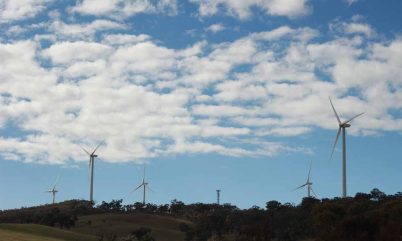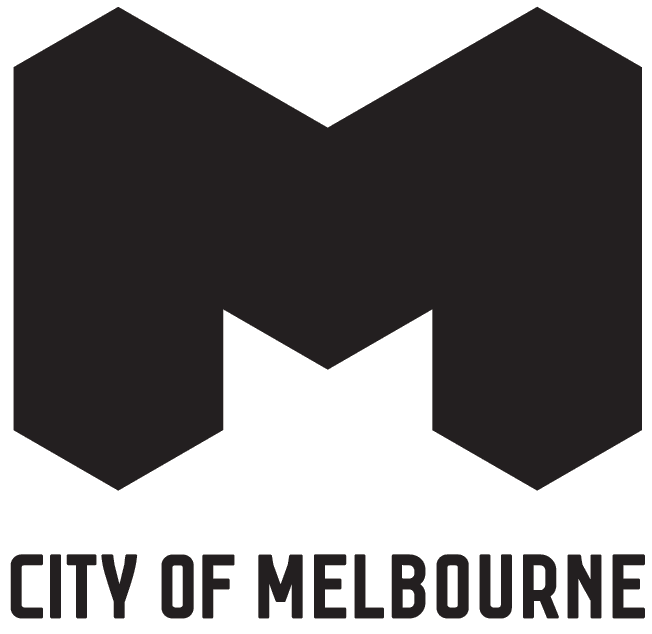
Challenges persist in creating, rolling out, and connecting renewable energy networks to existing grids, even as nations make progress towards cutting back their dependence on fossil fuels.
Land acquisition and ecological impact, transmission infrastructure limitations, permitting delays for projects, and ensuring that grids that derive power from intermittent sources – like sun and wind – are reliable and stable are all problems governments and clean energy producers are encountering.
Countries are looking at various techniques to face these challenges head-on and cut emissions in the process. Australia – with ample sun and wind – has the resources to become a renewable energy superpower and the expertise to be a go-to model for knowhow across solar, wind, and hydrogen generation and storage technologies.
The country’s energy transition focuses heavily on retiring coal-powered plants and promoting growth for renewable energy capacity as they look to achieve net-zero carbon emissions by 2050.
Meanwhile, the Australian government has invested heavily in renewable energy, earmarking AUD$1.3 billion in its 2022-2023 budget for energy security funding, including funding to develop new hydrogen projects. For Australia, it means the nation is carving out its name as a known hub for sustainable energy solutions.
Challenges to going green
Challenges presented by the energy transition have created a need for novel solutions. It’s creating opportunities for advanced manufacturing and technology exploration, and creating local jobs. A sign of increased interest in addressing urgent climate needs, foreign direct investment (FDI) in the renewable and alternative power sector has picked up markedly.
The Asia Pacific region has attracted significant FDI in the renewable and alternative power sector. In 2022, the region accounted for 19% of global FDI for renewables, according to GlobalData. The Asia Pacific also drew in 27% of the world’s FDI in the software and IT services sector.
Within the region, in 2022 Australia attracted 46 renewable and alternative power FDI projects; the country also attracted 37 technology projects in 2022.
In its own energy transition, Australia has set out priorities, including: planning for adequate energy generation and storage, understanding demand evolution, coordinating gas and electricity planning, enhancing energy security management, evaluating enabler requirements, accelerating nationally significant transmission projects, and strengthening energy governance architecture.
New tools being adopted in Australia are largely firming technologies – or tools that help maintain a steady supply of electricity from an intermittent power source for a sustained period. These technologies help stabilise the grid, ensuring smooth integration of renewable energy sources.
The rise of the virtual battery
One of these tools is the virtual battery. It doesn’t exist physically, but it contributes to grid resiliency and reliability by balancing electricity production and consumption.
The high-tech batteries can be used for a number of things. For example, if a data centre loses power during an outage, a virtual battery will cover electricity demand before the backup generators turn on.
These batteries are being rolled out across Australia to create greater energy storage capabilities. In New South Wales, an agreement between Neoen and AGL Energy to create a virtual battery will leverage Neoen’s 100 MW Capital Battery in Canberra to provide a capacity of 70 MW to AGL Energy.
They are designed to provide flexibility and stability to the electricity grid by virtually charging and discharging energy as needed. Virtual batteries are fitted with advanced inverter technology that can provide system security, like maintaining needs for specific voltage and frequency.
In 2021, the Australian Renewable Energy Agency (ARENA) said they would allocate AUD$100 million to further investigate grid-forming inverters that can enable utility-scale batteries to provide stable electricity supply that is traditionally provided by coal or gas.
Beyond investments in technologies to stabilise and secure the flow of energy, Australia has invested heavily in grids and renewable energy storage.
At the end of 2022, the Australian government, through ARENA, has provided conditional funding of AUD$176 million to support eight grid-scale battery projects across the country. These projects will increase grid-forming electricity storage capacity and provide essential system stability services traditionally provided by fossil fuels.
The government of the Victorian state, where Melbourne is located, has announced the biggest energy storage targets in Australia, aiming to reach 2.6 gigawatts of renewable energy storage capacity by 2030 and 6.3 gigawatts by 2035.
To create greater storage capacity nationwide, Australian firms are designing novel systems.
Advanced manufacturing
Relectrify, a Melbourne-based company, specialises in battery management and control systems for energy storage. They have developed advanced battery management technology that improves the performance, lifespan, and affordability of lithium-ion batteries used in energy storage applications.
RayGen, also headquartered in Melbourne, has developed a concentrated solar power (CSP) technology called PV Ultra, which combines solar photovoltaic (PV) panels with thermal energy storage. This system can store excess solar energy as heat and convert it back into electricity when needed. The firm is commissioning Australia’s largest renewable energy manufacturing facility – a 170MW per annum solar module production line in Melbourne that will employ 30 staff.
Melbourne’s ecosystem
Cleantech start-ups and entrepreneurs in Melbourne are backed by a large pool of capital and support services found in government-linked entities and universities that help them grow and scale.
Between the second half of 2020 and the end of 2022, there were 428 early-stage funding deals totalling AUD$915 million invested in Melbourne-based start-ups. For cleantech start-ups, more than AUD$120 million in venture capital investment was dispersed in 2022.
Entrepreneurs in that ecosystem are focused on creating solutions that aid the local community and are also in line with global demand.
For example, Melbourne’s compostable stretch wrap company Great Wrap was able to expand into the US market after partnering with researchers at Melbourne-based Monash University to refine their technique that turns potato wasted starch into cling film.
The state of Victoria’s dedicated start-up agency, LaunchVic, actively supports Victoria’s entire startup ecosystem, which now has an enterprise value of AUD$91 billion. Additionally, LaunchVic’s 30X30 is an executive education program for scaleups with a goal to accelerate the number of unicorns in Victoria by 2030.
Creating jobs, attracting investment
These projects are creating jobs across the country, as well as in Victoria and in Melbourne. The uptick in renewable energy innovation and manufacturing is also attracting greater foreign investment. Last year saw a 24.3% increase in renewable energy-related FDI nationwide, compared to 2021. Melbourne alone attracted four renewables FDI projects and 37 technology FDI projects in 2022, according to GlobalData.
Investment in clean energy is expected to accelerate over the coming years, and cities like Melbourne are doing all they can to attract investment that will help the city continue to develop innovative solutions that not only fuel their own green energy transition – but also the world’s.
To learn more about investing in Melbourne’s green energy sector, download this free whitepaper.


